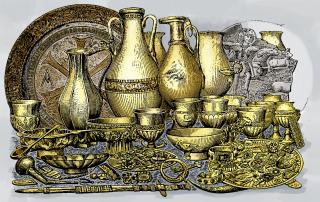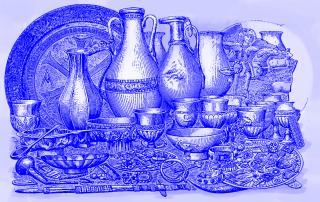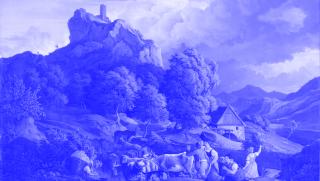Topic
Elite Representation
High-quality, goldsmith's products, tableware and monumental buildings are all archaeological sources interpreted as the material expression of the power, status and wealth of elites.

Representation forms of Late Antique and Early Medieval
High-quality, goldsmith’s products such as jewellery, belt fittings and weapons, but also tableware made of metal or ceramic as well as monumental buildings with elaborate decorative elements, rank among the archaeological sources generally interpreted as material expressions of the elite’s power, status and wealth.
This research topic has two foci: The first is dedicated to architecture and examines the forms, functions and accoutrements of Late Antique peristyle buildings in the Danube provinces; this research is conducted in cooperation with the University of Lille’s HALMA research centre.
The second division examines particular early medieval finds from burials and hoards between the Danube, Dnepr and the Black Sea. Of particular importance are the 7th-century gold finds, such as that from Malaja Pereščepina and comparative finds in the Steppe (e.g. Kelegej) and in the Avaria (e.g. Kunbábony). The objects from these discoveries are not only marked by exclusiveness and quality, but also exhibit a blend of diverse cultural influences. Objects from Byzantium, the Sassanid Realms and the Middle East generate a discourse about the structures of far-flung networks maintained by former elites.

